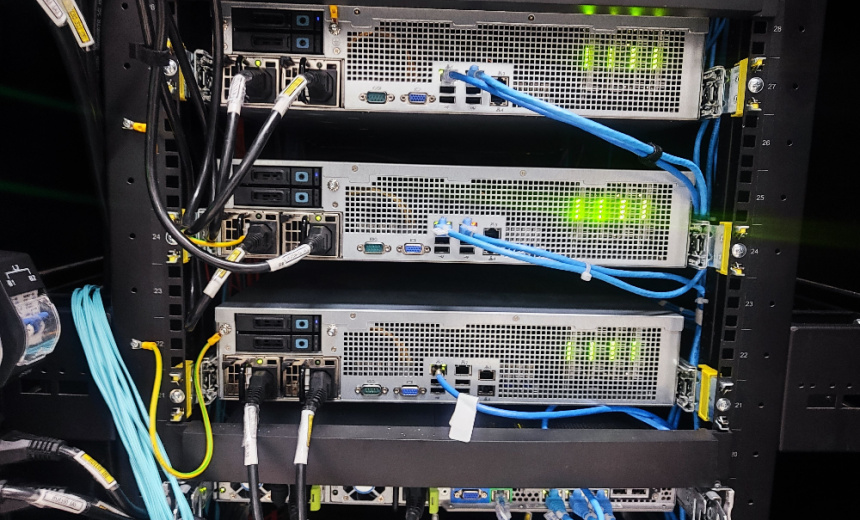Network Firewalls, Network Access Control,
Security Operations
Guidance Aimed at Enhancing Rapid Compromise Detection for Enterprises

In a significant move to bolster cybersecurity, the Five Eyes intelligence coalition has released a set of minimum security requirements aimed at edge device vendors. This initiative, unveiled on Tuesday, seeks to enhance forensic analysis capabilities in the aftermath of cyberattacks. The guidance underscores the pressing need for improved defensive measures as edge devices increasingly become targets for nation-state actors and financially motivated cybercriminals.
The growing trend of attacks against edge devices is largely attributed to their inherent complexity and their crucial role within corporate networks. Cyber adversaries exploit this complexity, leveraging partial visibility and constant operational status to carry out their activities without detection. The collective cybersecurity agencies from the U.S., Australia, the U.K., Canada, and New Zealand emphasize that adherence to the outlined standards will enable both manufacturers and end-users to better detect and respond to malicious actions.
The document outlines several critical recommendations, emphasizing robust logging requirements to facilitate threat detection. It calls for the collection of authentication logs alongside timestamps for device boots and reboots, and mechanisms for alerting when there are failures in the network time protocol. Furthermore, the guidance promotes secure real-time log transfer capabilities, ensuring that these logs are encrypted and can be easily ingested for analysis.
Additionally, it underscores the importance of gathering volatile data, such as memory maps and dynamically loaded modules, to enable proactive analysis. For non-volatile data, the security agencies urge system owners to ensure that stored data is properly decrypted to support detailed examination processes. This focus on data collection and analysis aims to streamline incident response and bolster overall security infrastructures.
The recommendations also encourage businesses to adopt secure-by-design principles, aligning with current best practices for minimizing vulnerabilities early in the development process. The Five Eyes coalition notes that the evolving landscape of cyber threats, notably from Chinese threat actors, has highlighted the urgent need for stringent security measures. High-profile incidents such as breaches involving vendors like Sophos and Fortinet exemplify the vital nature of securing edge devices.
Juliette Hudson, CTO at CybaVerse, warned that insecure edge devices pose substantial risks, not only to organizations but also to critical national infrastructure. As the dependence on third-party devices grows across sectors, the need for enhanced security measures is clear. The guidance provided by the Five Eyes alliance serves as a timely reminder for businesses to reevaluate their security practices, particularly concerning edge devices, as they navigate an increasingly challenging threat landscape.
For industry stakeholders, this guidance serves as a crucial framework for minimizing risk through heightened awareness and improved operational security measures. By adopting the outlined practices, organizations can fortify their defenses against a backdrop of evolving tactics and techniques employed by cyber adversaries within the MITRE ATT&CK framework. These steps are essential for ensuring resilient and responsive security environments capable of withstanding sophisticated cyber threats.
